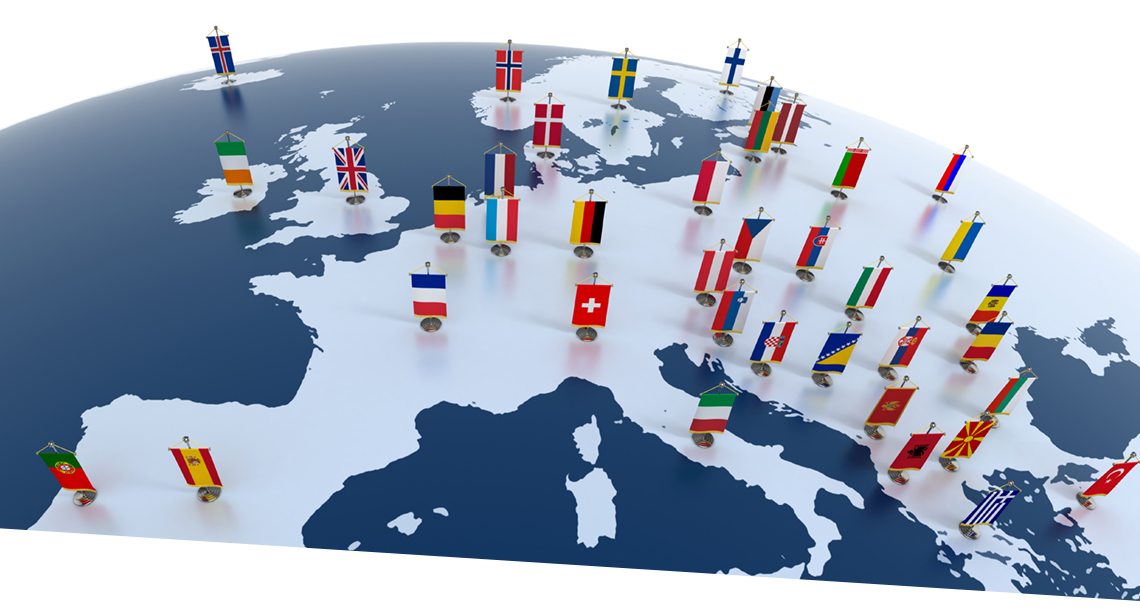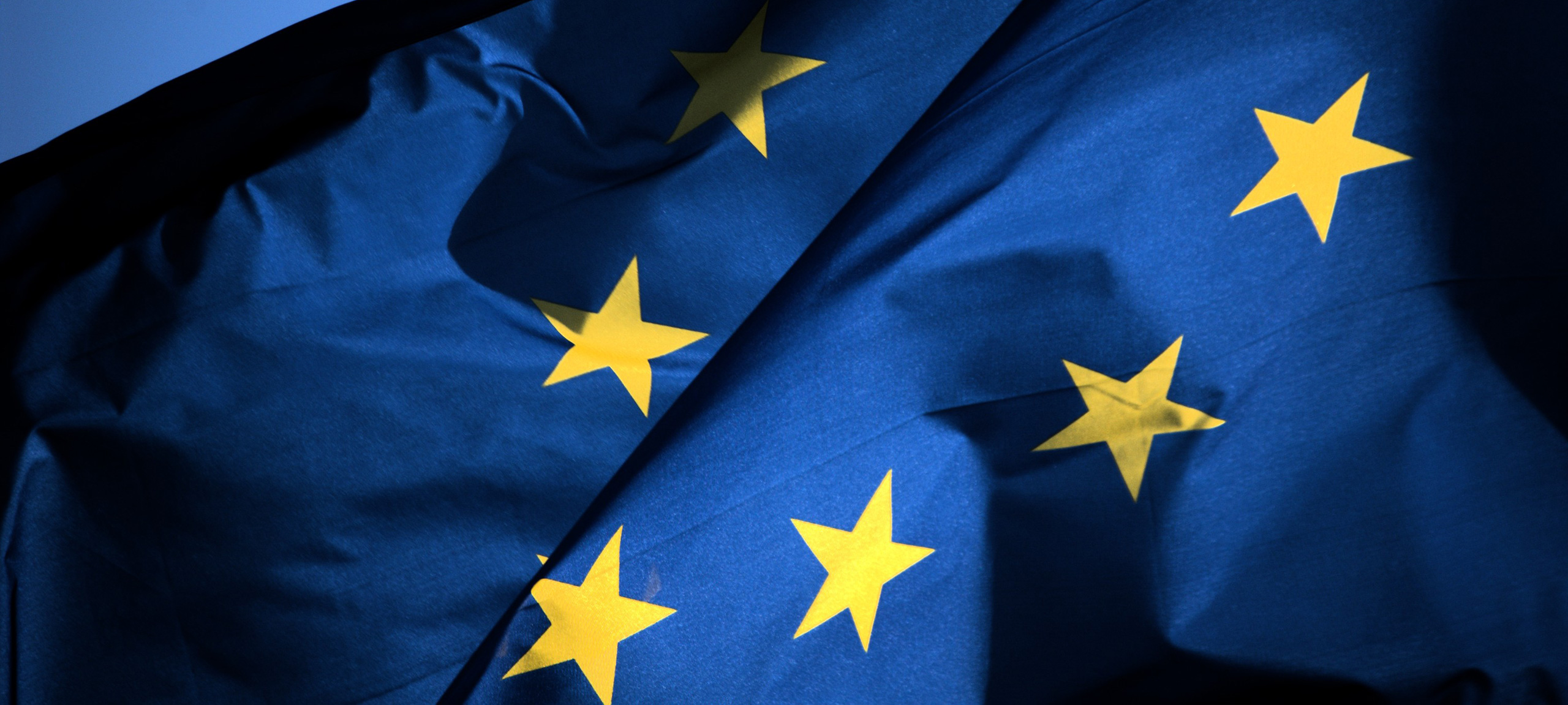The European Union
The European Union is a unique economic and political cooperation between 28 member states (2024), and was founded by six countries in 1985. The original idea behind it was that countries dependent on each other for trade would not so easily end up in violent conflicts. As the EU developed, the central government became more involved not only in economic issues, but also in broader policy areas. This includes, for example, issues related to climate, the environment and public health.
Leveled legislation
The European Union is run by a number of institutions, some of which are directly elected by citizens. These institutions lay down EU-wide laws, such as food safety and animal health control requirements. This ensures that all member states have the same basic standards for safety, hygiene and quality. Member states may maintain higher standards, as long as they comply with all EU regulations.
The European Union places great emphasis on the transparency of the decision-making process and other procedures. In this light, the Eur-Lex website houses all relevant EU legislation and is publicly accessible.
Implementation
Each member state has its own competent authority, such as the NVWA in the Netherlands. These authorities ensure that companies correctly implement the relevant legislation. The European Union’s Food and Veterinary Office (FVO) supervises these national authorities and carries out regular inspections in all Member States. This ensures that all countries consistently maintain a high level of performance.
Trade
A single market exists within the European Union, meaning that goods and people can move freely between member states without borders – in effect, as if they were moving within one country. Registration systems are in place for the movement of live animals to ensure that competent authorities always know where the animals are. EU institutions centrally control imports into the EU, and only the EU can grant market access to other countries. Local authorities carry out inspections at the border.
Both member states (through bilateral agreements) and the EU negotiate with third countries. The competent authority of the exporting country issues animal health certificates after all requirements of the destination country are met.





